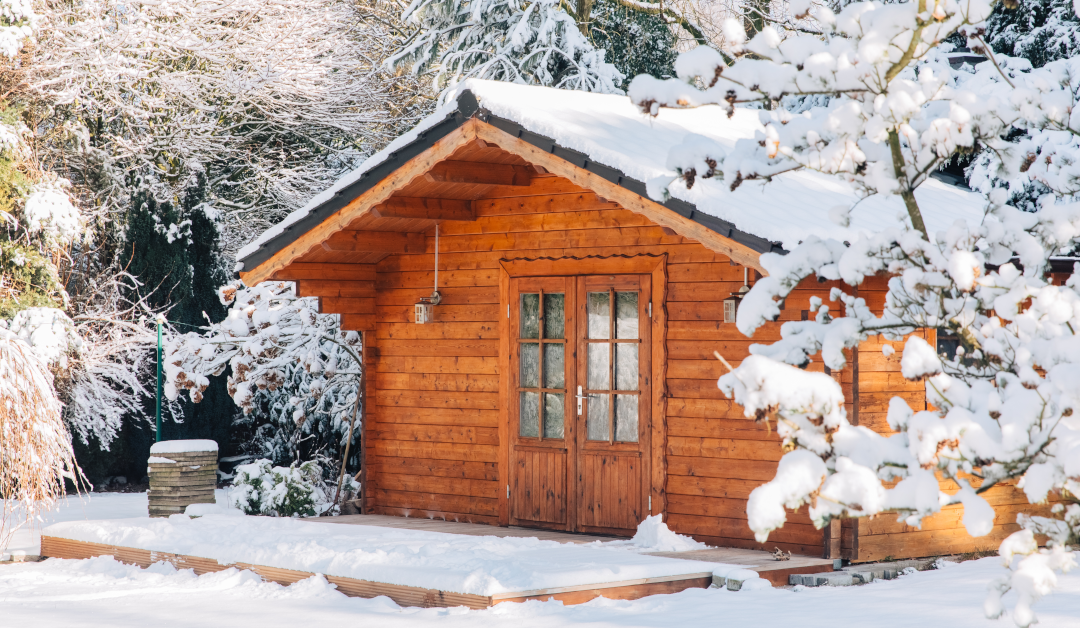As the frosty season fast approaches, it’s crucial to consider safeguarding your cherished belongings from the harsh winter elements. If you’re the owner of a wood shed, ensuring your shed is ready for winter or, put simply, undergoing winterization, is a must.
This piece will delve into the necessity of winter-proofing your shed, the ideal time for it, and the potential harm that could befall your shed if you overlook the essential process of winterization.
Grades of Winter-Proofing
Winter-proofing your wood shed involves varying degrees of safeguarding. The level you choose is largely dependent on your geographical location, the intensity of your winters, and the nature of items housed in your shed.
- Elementary Winter-Proofing: At the very least, make sure your shed is thoroughly sealed. Look for any fissures or openings in the walls, ceiling, or floor. Use caulk or weather stripping to seal these spots, barring the entry of cold air and dampness. Be sure to inspect and replace any deteriorated or missing shingles on the roof.
- Insulation: For enhanced protection of your assets, consider insulating the walls and ceiling. This will help to maintain a more consistent temperature inside the shed, lowering the risk of freezing. Cache Valley Sheds can offer advice and products for effective shed winterization.
- Heating: In regions with severe cold, you may consider installing a heater or a heat lamp. This will maintain the temperature above freezing and protect any temperature-sensitive items.
The Ideal Time for Winter-Proofing
The best time to winter-proof or commence with your shed’s winterization is before the onset of the cold weather. Typically, late autumn or early winter is the prime time to begin preparations. Avoid procrastinating until the temperatures have already plummeted. If you’re uncertain, the team at Cache Valley Sheds can offer expert advice on the perfect timing for your shed.
Winterize to Prevent Damage
Neglecting to winter-proof your wood shed can lead to substantial damage. Wood, in particular, is vulnerable to the cold and dampness. Adequate winterization can help prevent:
- Wood Damage: Intense cold can cause the wood in your shed to shrink, leading to fissures and structural instability. Moisture can infiltrate the wood, causing it to warp and decay over time.
- Mold and Mildew: Uninsulated sheds can foster condensation, which is a perfect environment for mold and mildew. These fungi can harm not only your shed but also the items stored within.
- Item Damage: Valuables stored in your shed, such as tools, equipment, or furniture, may become damaged due to exposure to extreme cold and dampness.
Concluding Thoughts
Winter-proofing your shed isn’t just an optional chore but a necessity, particularly if you own a wood shed. The experts at Cache Valley Sheds are well-versed in winter-proofing and can offer you the right advice and products.
Invest the necessary time to safeguard your shed and its contents, and you’ll have a warm, dry space all through the winter months. Don’t delay—visit CacheValleySheds.com and discover the winter-proofing options available for your shed today.

